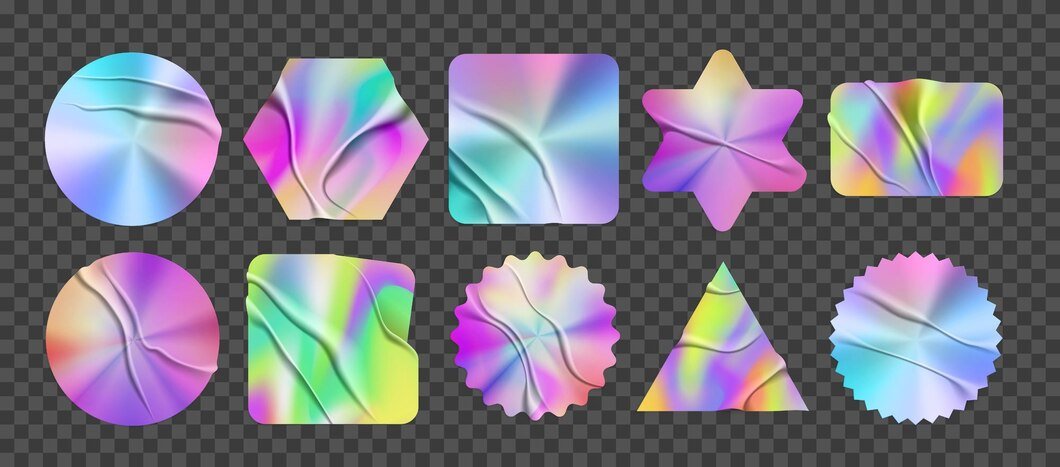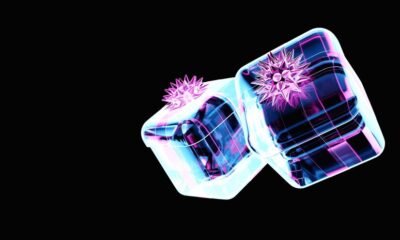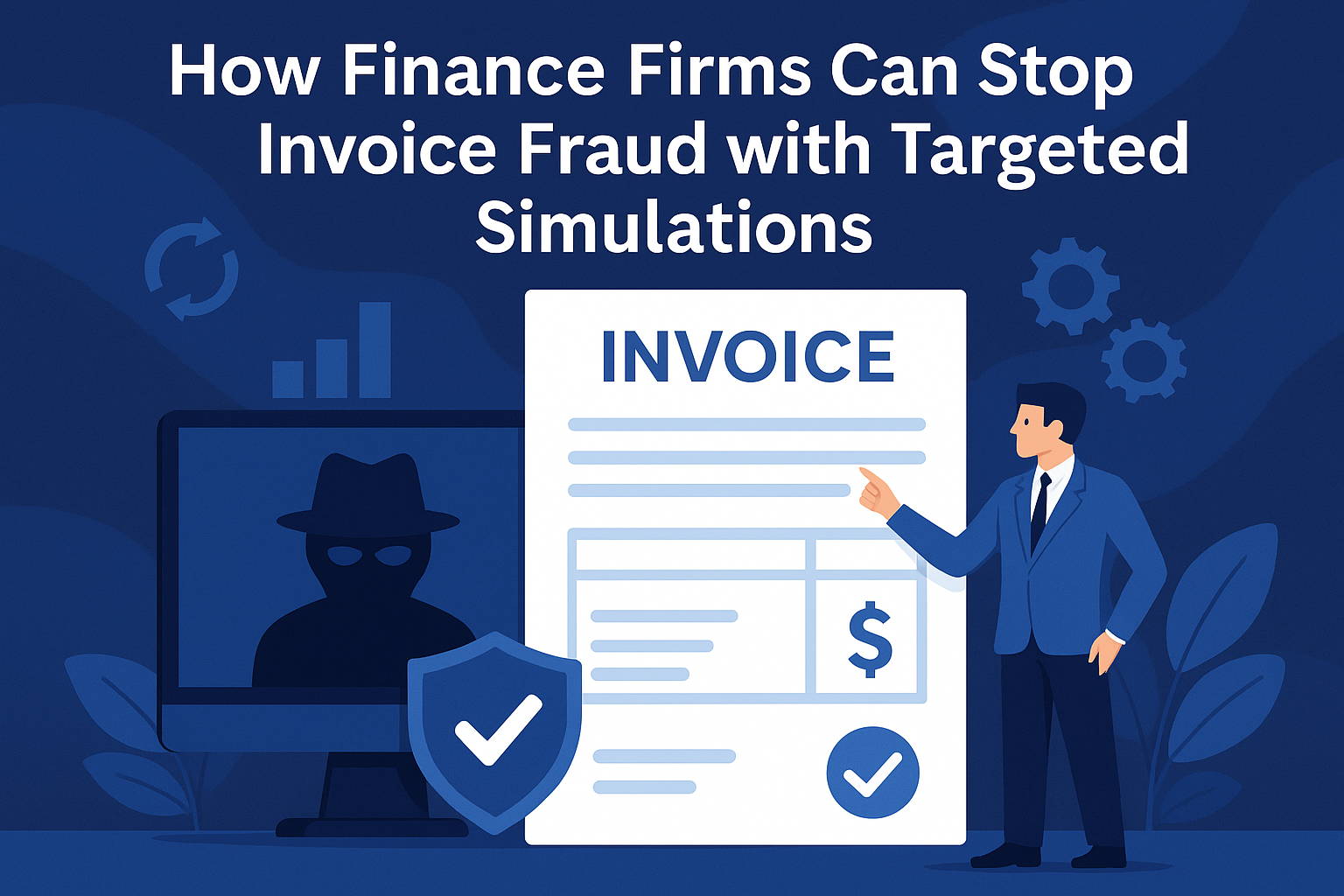Automotive
The Magic of Light: How Holographic Stickers Reflect and Refract
Holographic Stickers

Holographic stickers, with their dazzling and dynamic displays of light, have fascinated people for decades. These small but mesmerizing items leverage the principles of light reflection and refraction to create stunning visual effects. In this comprehensive guide, we will delve into the science behind holographic stickers, explore their various applications, and discuss how they are made. By the end, you’ll have a thorough understanding of the magic that brings these stickers to life.
Understanding Light: Reflection and Refraction
To appreciate how holographic stickers work, it’s essential to grasp the basics of light behavior, specifically reflection and refraction.
Reflection
Reflection occurs when light bounces off a surface. The angle at which the light hits the surface (the angle of incidence) equals the angle at which it reflects off the surface (the angle of reflection). Mirrors are perfect examples of reflective surfaces, producing clear and precise reflections.
Refraction
Refraction is the bending of light as it passes from one medium to another with a different density, such as from air to water. This change in speed causes the light to change direction, creating effects like the bending of a straw’s appearance when it is placed in a glass of water.
Diffraction and Interference
Beyond simple reflection and refraction, holographic stickers primarily rely on diffraction and interference. Diffraction is the bending and spreading of light waves around obstacles, while interference is the phenomenon where two waves overlap, creating a new wave pattern. Holograms exploit these principles to produce their signature shimmering effects.
The Science Behind Holographic Stickers
Holographic stickers are created using a process called holography, which captures light patterns and reconstructs them to display three-dimensional images or patterns.
How Holography Works
1. Recording the Hologram: The process begins with recording the interference pattern created by splitting a laser beam into two beams: the object beam and the reference beam. The object beam illuminates the subject, and the reflected light meets the reference beam on a recording medium, such as a photosensitive plate. This interaction creates an interference pattern that encodes the light’s phase and amplitude.
2. Reconstructing the Image: When light shines on the recorded interference pattern, it diffracts, recreating the light waves from the original scene. This diffraction is what gives holograms their depth and three-dimensional appearance.
Holographic Sticker Production
Creating holographic stickers involves a combination of photolithography, embossing, and metallization:
1. Master Hologram Creation: A master hologram is created using the holography process described above.
2. Embossing: The master hologram is used to emboss the interference pattern onto a plastic film, usually made of polyester.
3. Metallization: A thin layer of metal, often aluminum, is applied to the embossed film. This metallic layer enhances the visibility of the holographic effect by reflecting light.
4. Lamination and Cutting: The metallized film is laminated to protect the holographic pattern, and then it is cut into stickers of the desired shape and size.
Applications of Holographic Stickers
Holographic stickers are not only visually appealing but also highly functional, finding use in a variety of industries:
Security and Authentication
Holographic stickers are widely used in security applications. Their intricate designs are difficult to replicate, making them ideal for protecting products against counterfeiting. Common uses include:
Banknotes: Many currencies incorporate holographic elements to prevent forgery.
Credit Cards: Holographic stickers on credit cards add an extra layer of security.
Passports and ID Cards: Holograms on identification documents help verify authenticity.
Brand Enhancement and Packaging
Brands use holographic stickers to enhance the visual appeal of their products, making them stand out on the shelves. Holographic labels can give a premium look to:
Consumer Electronics: Holographic seals on gadgets and accessories.
Cosmetics: Holographic packaging for beauty products.
Toys and Collectibles: Adding a touch of magic to packaging and promotional items.
Collectibles and Hobbies
Holographic stickers are popular in the world of hobbies and collectibles. They are often used in:
Trading Cards: Sports, gaming, and other collectible cards frequently feature holographic elements to indicate rarity and value.
Stickers and Decals: For personalizing laptops, phones, and other items.
Advertising and Promotions
Marketers use holographic stickers to create eye-catching promotional materials. Their reflective and refractive properties make them excellent for:
Event Tickets: Adding an element of security and style.
Promotional Merchandise: Custom holographic stickers for brand promotion.
Making Your Own Holographic Stickers
For those interested in creating custom holographic stickers, there are several options ranging from DIY methods to professional services.
DIY Holographic Stickers
While creating true holograms at home is challenging, you can make holographic-like stickers using holographic vinyl or pre-made holographic paper. Here’s a simple method:
1. Materials Needed: Holographic vinyl or holographic paper, a cutting machine or scissors, and adhesive.
2. Designing: Create your design using graphic design software or hand-draw it.
3. Cutting: Use a cutting machine like a Cricut or Silhouette, or cut by hand if using scissors.
4. Applying Adhesive: If your holographic material is not pre-adhesive, apply a strong adhesive to the back.
Professional Services
For high-quality, intricate designs, consider using professional printing services. Many companies specialize in custom holographic sticker production, offering various finishes, shapes, and sizes to suit your needs.
Caring for Holographic Stickers
To ensure the longevity of your holographic stickers, follow these tips:
Avoid Excessive Heat and Moisture: High temperatures and moisture can damage the adhesive and the holographic layer.
Clean Gently: Use a soft, dry cloth to clean the surface of the stickers. Avoid using harsh chemicals.
Proper Storage: Store unused stickers in a cool, dry place away from direct sunlight.
Conclusion
Holographic stickers captivate with their stunning visual effects, made possible by the intricate interplay of light reflection, refraction, diffraction, and interference. From security applications to brand enhancement and personal projects, these stickers offer a versatile and attractive solution. Whether you’re looking to secure, decorate, or simply dazzle, understanding the science and application of holographic stickers will help you appreciate their magic even more.
-

 Tech1 year ago
Tech1 year agoHow to Use a Temporary Number for WhatsApp
-

 Business2 years ago
Business2 years agoSepatuindonesia.com | Best Online Store in Indonesia
-

 Social Media1 year ago
Social Media1 year agoThe Best Methods to Download TikTok Videos Using SnapTik
-

 Technology1 year ago
Technology1 year agoTop High Paying Affiliate Programs
-

 Tech10 months ago
Tech10 months agoUnderstanding thejavasea.me Leaks Aio-TLP: A Comprehensive Guide
-

 FOOD12 months ago
FOOD12 months agoHow to Identify Pure Desi Ghee? Ultimate Guidelines for Purchasing Authentic Ghee Online
-

 Instagram3 years ago
Instagram3 years agoFree Instagram Auto Follower Without Login
-

 Instagram3 years ago
Instagram3 years agoFree Instagram Follower Without Login






















